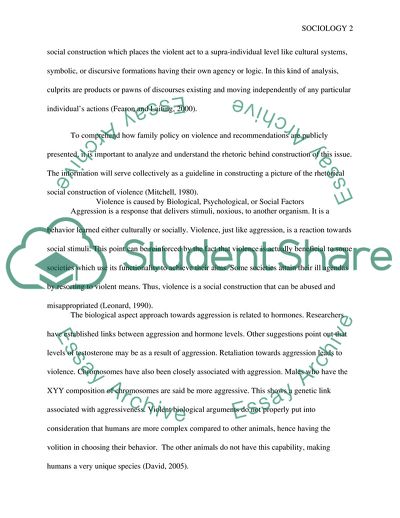Cite this document
(Violence as a Social Construction Essay Example | Topics and Well Written Essays - 1250 words, n.d.)
Violence as a Social Construction Essay Example | Topics and Well Written Essays - 1250 words. https://studentshare.org/sociology/1769433-sociology-of-violence
Violence as a Social Construction Essay Example | Topics and Well Written Essays - 1250 words. https://studentshare.org/sociology/1769433-sociology-of-violence
(Violence As a Social Construction Essay Example | Topics and Well Written Essays - 1250 Words)
Violence As a Social Construction Essay Example | Topics and Well Written Essays - 1250 Words. https://studentshare.org/sociology/1769433-sociology-of-violence.
Violence As a Social Construction Essay Example | Topics and Well Written Essays - 1250 Words. https://studentshare.org/sociology/1769433-sociology-of-violence.
“Violence As a Social Construction Essay Example | Topics and Well Written Essays - 1250 Words”. https://studentshare.org/sociology/1769433-sociology-of-violence.


